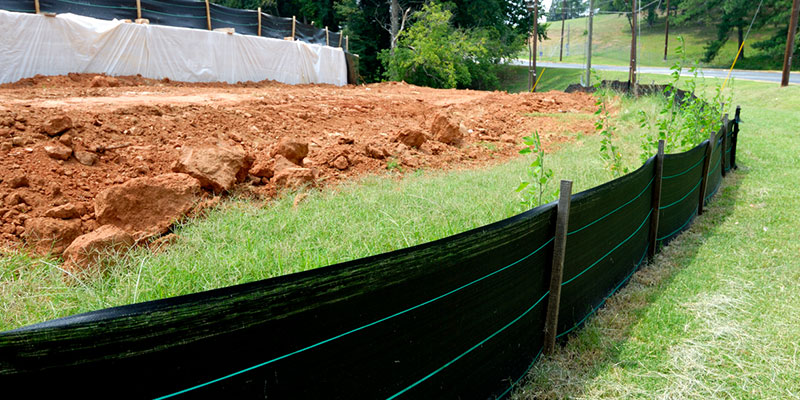Land erosion control is a critical aspect of environmental conservation and sustainable land management. This process involves preventing or reducing the loss of soil and land due to natural forces like wind, water, and human activities. By implementing effective erosion control measures, we can safeguard our ecosystems, preserve agricultural land, and maintain the integrity of infrastructure. Let’s explore the significance of land erosion control and some practical methods for achieving it with our experts at Tucker Land Development.

Land erosion control is essential for several reasons. Firstly, it helps protect our natural habitats and biodiversity. Erosion can lead to the degradation of ecosystems, making it difficult for native plants and animals to thrive. Secondly, it preserves agricultural land, ensuring a sustainable food supply. When soil erodes, it takes valuable nutrients with it, reducing soil fertility and crop yields. Lastly, land erosion control is vital for infrastructure integrity. Erosion can undermine roads, bridges, and buildings, leading to costly repairs.
- Vegetative Cover. Planting grass, trees, and shrubs can create a natural barrier against erosion. The root systems stabilize the soil and reduce runoff.
- Terracing. Terracing involves creating level platforms on sloping terrain. This technique slows down water runoff, preventing soil erosion.
- Silt Fences. Silt fences act as physical barriers to trap sediment in stormwater. They are particularly useful on construction sites.
By implementing these land erosion control methods, we can protect our environment, maintain productive agriculture, and ensure the durability of our infrastructure. It’s our responsibility to make these efforts, promoting a sustainable and healthy planet for generations to come. Land erosion control is a crucial step in that direction.